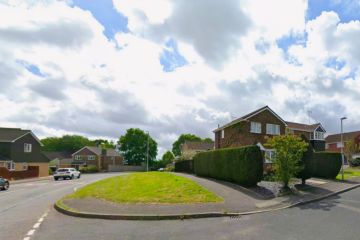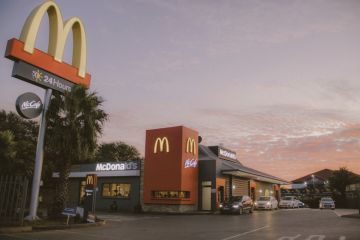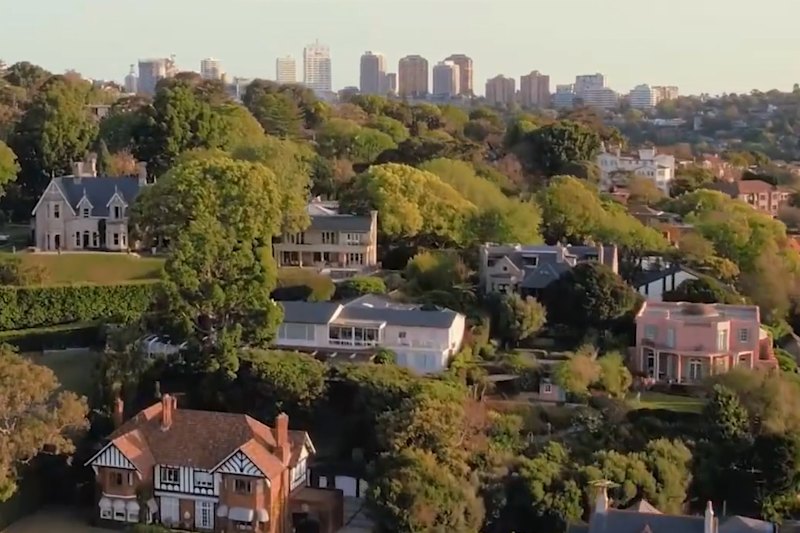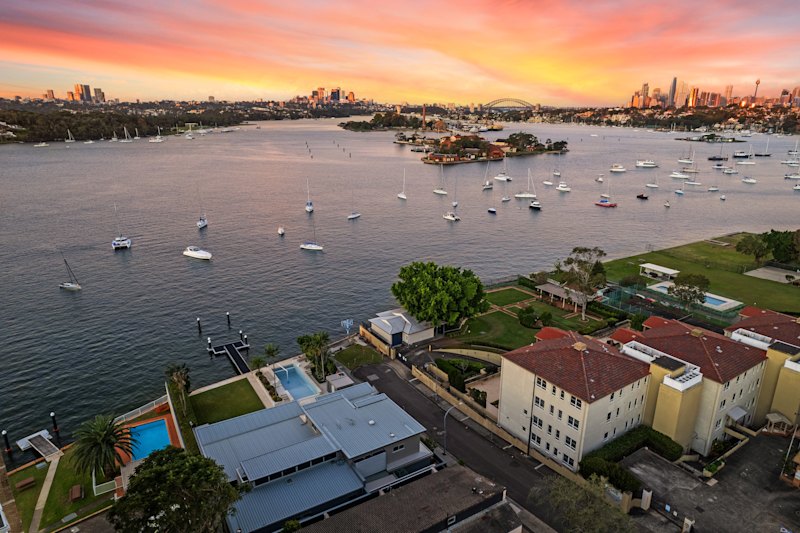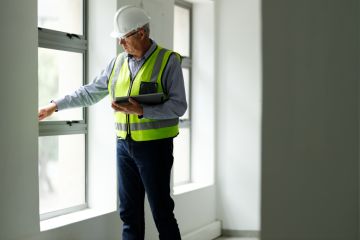The secret to successful community infrastructure for teenagers
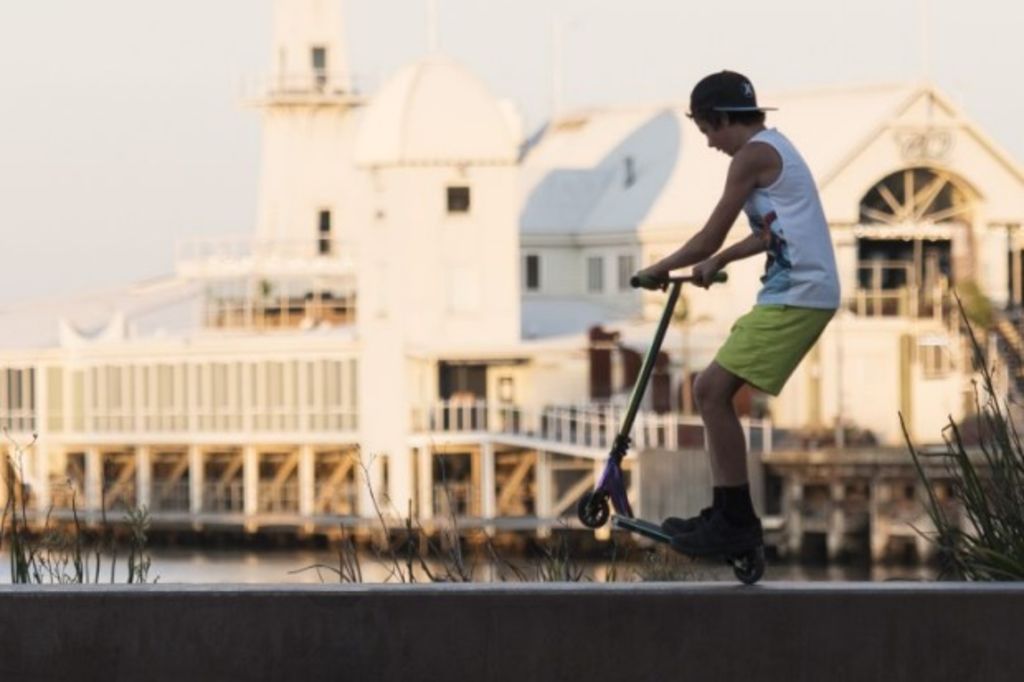
What do young people aged 10-17 like to do when they can determine their own form of active recreation?
This is the key question a Melbourne-based urban design and place making business has been asking itself for years.
Realised in 3D, the answer the firm enlocus has come up with is evident in the many well-used “adolescent spaces” they’ve been building for local councils across Australia.
Based around skate park facilities, and usually set in the heart of urban centres rather than in the banished boondocks where spotty teens used to be sent to be out of sight, the new multi-million dollar infrastructures are where youths who have peeled themselves off electronic devices, can now get together and have a blast in real time.
What is their thing? Jason McNamee, landscape architect and enlocus principal reckons it as, “really obvious: They’re into contesting, communicating, flirtation, and experimentation”.
Further definition could be stated as risk taking, showing off in front of peers, incidental encounters, or perhaps sitting it out on the periphery for a while. McNamee has studied teen behaviour with a keen commercial interest.
Michael Ford, also of enlocus, in the process of delivering about 66 such projects, including the largest skate park so far built in Australia, the $3.8 million, 2850 square metre South Hedland Youth Space in the Pilbara, that opened last year, says young people use space in a very different way to either children or adults.
“They like to have their own spaces. And before they’ll move into a space, they’ll sit on the periphery and watch”.
Because they are “not little kids looking for play, and not adults either”, McNameee says, “they are looking for some kind of spark in an activated urban space where they can find and make their own incidental opportunities.
“Teenagers don’t want to be forced into situations. They want to decide when they will join and how they will do it”.
As well as large and often fabulously sculptural and colourful skate park moguls, enlocus has been lobbying the councils on behalf of non-voting adolescent constituents to also include climbing walls, potentials for music, new media and incidental display facilities.
In another major project that will be core to the City of Stirling and the Metropolitan Development Authority’s $54 million Scarborough foreshore redevelopment, enlocus is proposing facilities for computer gaming, for large and small screens, intergenerational spaces where different age groups can feel comfortable intersecting, bouldering (climbing) walls, and places where creative kids can show what they can do to the rest of the world.
enlocus’ Richard Grocke explains that the adolescent realm is now “rich with messaging. At school they learn about fashion, architecture, robotics and movies, and all of this needs to be revealed in public spaces”.
“Public space for adolescents”, says a very passionate McNamee, are very important for their physical, mental and social health. It’s not about ping pong tables or tennis courts anymore. It’s not about sports clubs in buildings. They don’t always want to go into buildings.
“The (open air) public-ness is what’s important. Not just for the activities but also for the encounters.
“Teens spend much more time in public space than adults do and we’re saying to councils that they need to treat the investment in infrastructure for adolescents as an investment in the future.
“Youth are important and they’re complex. Let’s not treat them like little kids because they don’t respond to prescribed play places”.
We recommend
We thought you might like
States
Capital Cities
Capital Cities - Rentals
Popular Areas
Allhomes
More
- © 2025, CoStar Group Inc.
